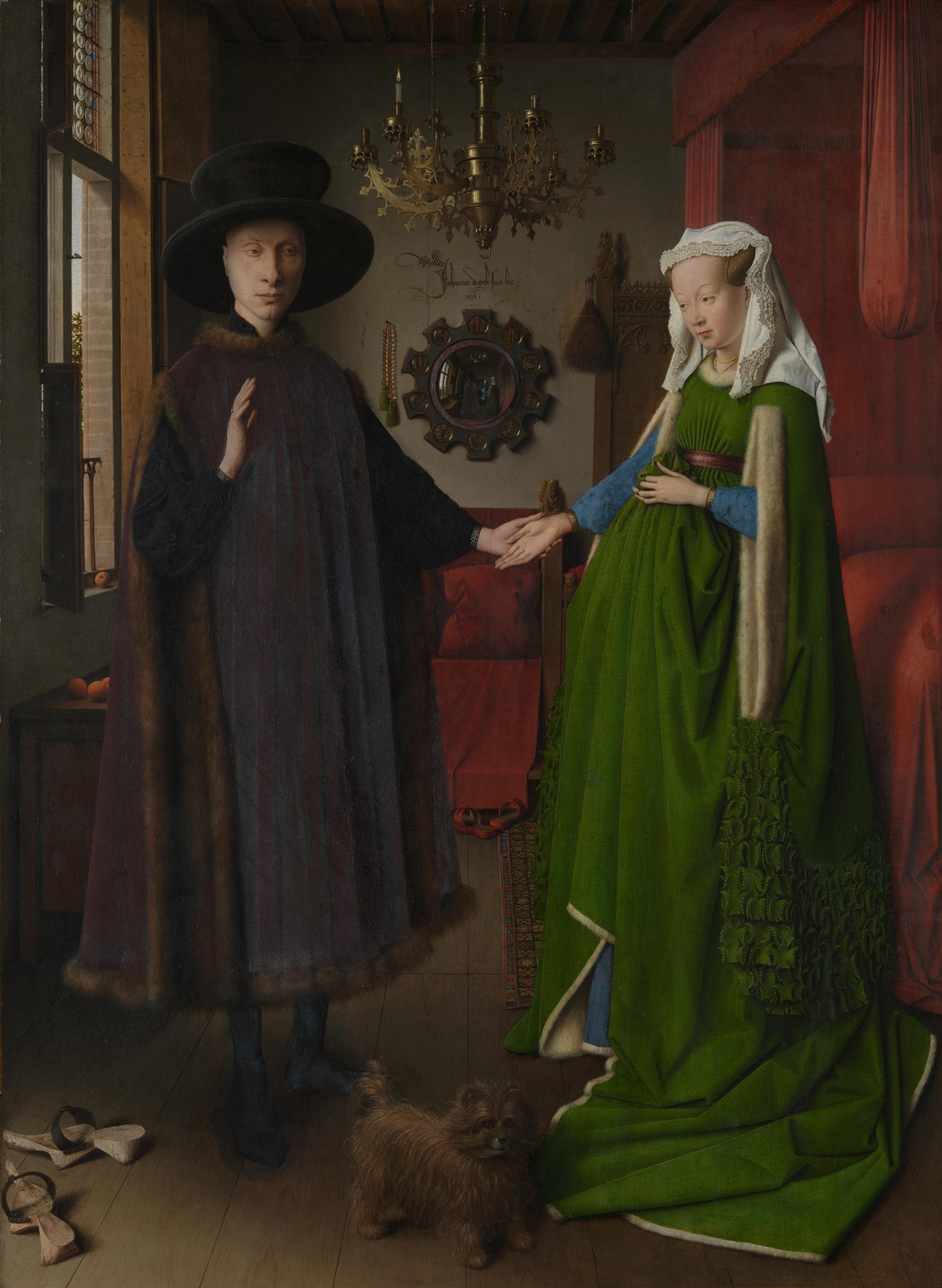Why Are There So Many Random Objects in Jan van Eyck’s Arnolfini Portrait?
This 1434 painting is basically a vintage hidden object game — except every item is a symbol. 👀 There's a tiny dog, a single candle, some random fruit, a fisheye mirror, and *major* drama. Can you decode the vibes and spot the hidden meanings? Or will you just keep saying 'it’s aesthetic'? Let's find out how fluent you are in 15th-century visual symbolism.
Frequently Asked Questions
Jan van Eyck was a highly skilled painter from the early 1400s, known for his detailed oil paintings. He lived in what is now Belgium and helped develop oil painting into a major art form in Europe.
The Arnolfini Portrait is a famous painting from 1434 by Jan van Eyck. It shows a man and a woman standing in a richly decorated room. The painting is known for its realism, detailed textures, and symbolic objects that art historians believe reveal deeper meanings about marriage, wealth, and social roles.

When artists use objects, colors, or gestures to represent ideas, like how 🕊️ = holy spirit, presence of god, or 🍎 = temptation or sin (actually the Bible never referred to forbidden fruit as an apple), Renaissance painters *loved* this kind of visual coding.
Mirrors in historical paintings often had multiple meanings. They could show a different point of view, symbolize truth or self-awareness, or even suggest a religious idea, like the presence of God. Artists also used them to show off their technical skill with reflections and light.
Yes. In 15th-century Northern Europe, oranges were rare and expensive. They had to be imported from warmer regions, so having them in a painting was a subtle way to show off wealth, high social status, and sometimes even ideas like purity or fertility.
